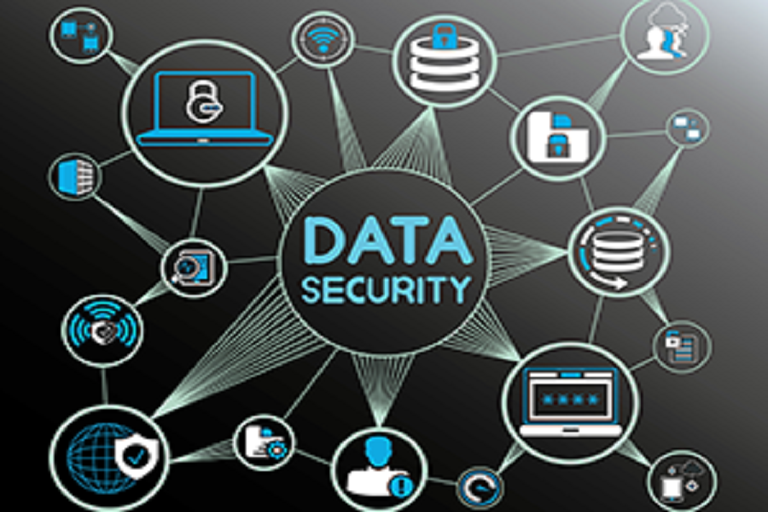How Hospitals Can Increase Data Security
Data security is an ever-growing concern for businesses as more and more data moves online. Because hospitals store tons of highly sensitive data, they have a greater concern than most for ensuring their data is secure. It’s rare for a hospital to take every security measure they possibly could, and every weakness in the shell is another opportunity to improve defenses. Here are a few ways hospitals can start creating a nearly fireproof layer of security.
1. Solid Security Culture
No amount of security measures are going to keep a hospital safe from data breaches if everyone isn’t on board. The weakest link in any line of defense when it comes to cybersecurity is going to be the user, which means that anyone with access to sensitive data needs to have some level of training on best practices. Once in a while, someone will get a little sloppy and use a weak password or click on a link without checking to make sure it’s safe first.
To make sure this doesn’t happen frequently enough to be a problem, a culture of security has to be established within the hospital staff. There should be policies that are taught, upheld, and then enforced with extreme consistency, as integral to employee training as learning about the average 401k return. Some key policies include things like using multi-factor authentication, using strong passwords, and changing passwords regularly. Training on new software and ongoing education about cybersecurity should be ongoing, and employees should be encouraged to take responsibility for their own conduct.
2. Computer “Hygiene”
In an ideal world, a hospital would be able to employ IT experts to help them start and use their computers with efficiency and safety. But, in reality, it’ll be mostly healthcare employees without much expertise in that area. That’s why it’s very possible for computers to be used for years before anyone realizes that there is no antivirus software installed or tons of background apps are running for no reason.
There should be some guidelines established for making sure any employee can effectively start and use a hospital computer. It’s also important to regularly maintain and update your hardware and software and ensure that appropriate antivirus and anti-malware apps are installed. Over time, it’ll become necessary for any hospital to clean out old information, such as old employee accounts. Any data that is no longer being used should either be gotten rid of or archived, and any computer that is thrown out should be sanitized beforehand.
3. Mobile Device Protection
More and more healthcare operations are moving onto mobile devices, which has been a great innovation in making healthcare more accessible. However, mobile devices are automatically at greater risk than a stationary computer, because they’re more likely to be lost or stolen. Information contained on cell phones or laptops can also be corrupted more easily by electromagnetic interference, and information can easily be accidentally shown to unauthorized individuals.
That’s why it’s important for hospitals to assess whether the action is worth the risk – if there isn’t a good enough justification for sending sensitive information via mobile device, then it should probably be kept to computers. If the hospital goes forward with the data transfer, it’s important for that data to be encrypted, ensuring that if it is intercepted it will be impossible to steal. There should be concrete policies regarding taking hospital devices out of the building, such as for an employee working from home.
4. Emergency Plans
Lastly, it’s important for hospitals to be prepared in case a data breach does occur. Part of this is performing regular backups to external data servers so the information is safe no matter what. There should also be an order of operations and a clear line of authority established so that everyone knows their role in case of an emergency. The faster a situation can be resolved, the faster healthcare workers can get back to treating patients and saving lives.




















